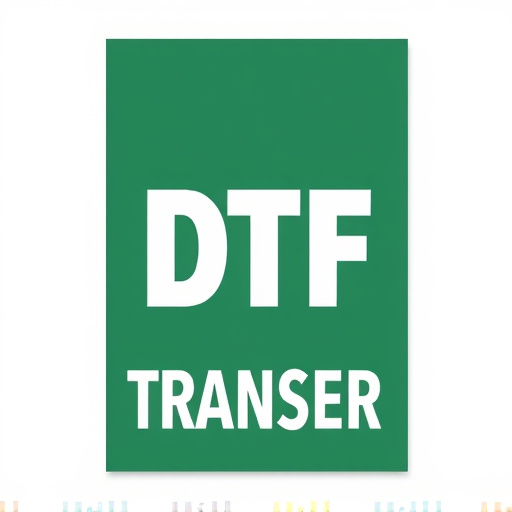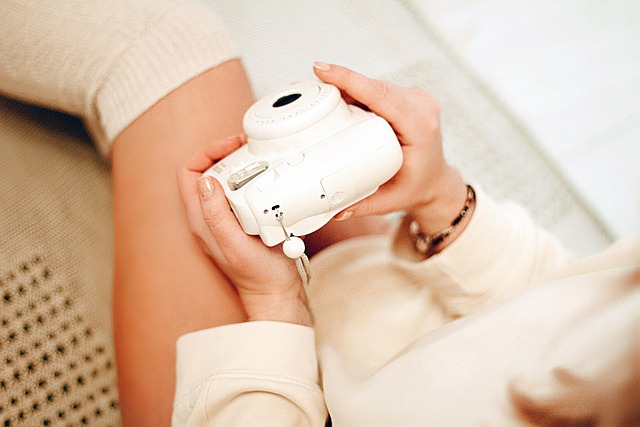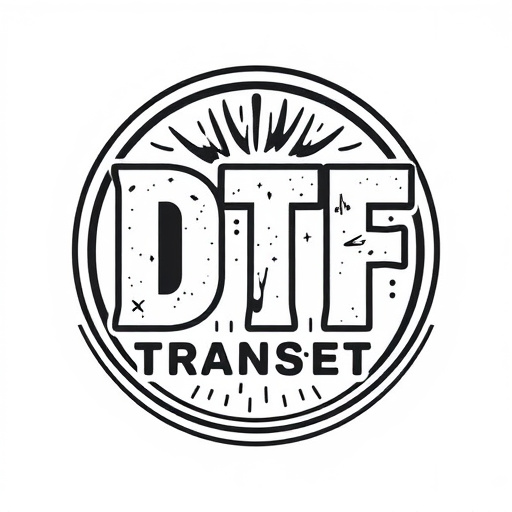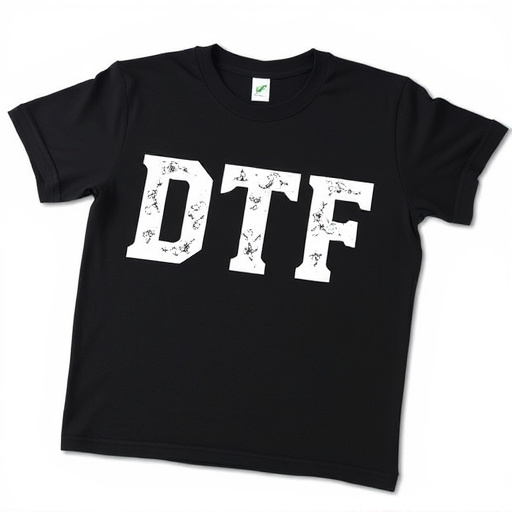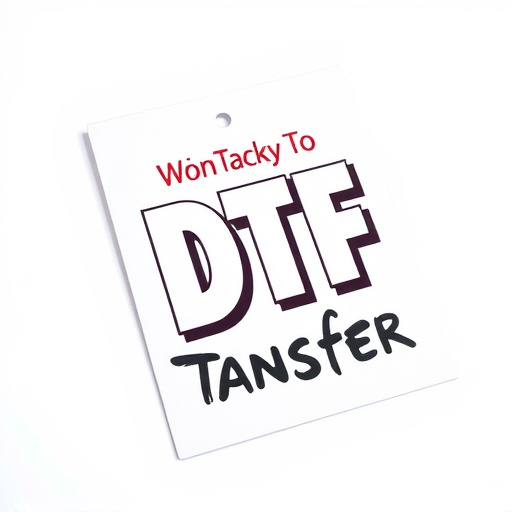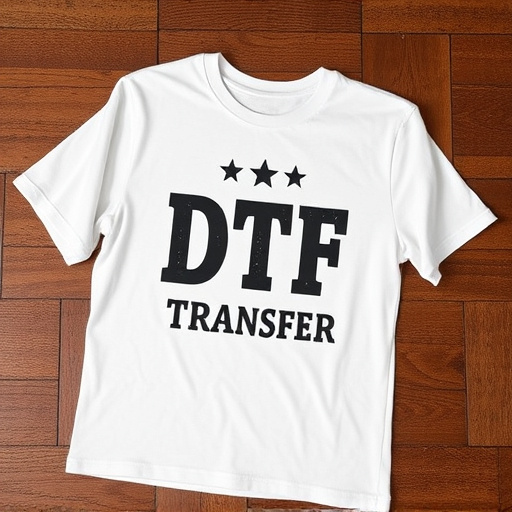Direct to Fabric (DTF) transfers are a game-changing printing technique offering high-quality, vibrant prints on various fabrics with a unique removable feature. The process involves creating digital designs, transferring them onto specially treated fabric via heat and pressure, and removing them cleanly while still warm. DTF is favored for its convenience, flexibility, and versatility in apparel, home decor, and event management industries. Removal requires precise tools and techniques to prevent damage to intricate designs, with proper surface preparation and high-quality materials aiding the process.
“Discover the versatility of DTF (Direct-to-Fabric) transfers and their unique ability to be applied while warm and removed without leaving residue. This comprehensive guide explores DTF printing, from understanding the process to uncovering its benefits in various applications. We’ll delve into creating and applying DTF prints, with a focus on temporary decorations for a range of materials. Learn effective removal techniques and advanced tips to achieve flawless DTF print results, making it a go-to method for creative projects.”
- Understanding DTF Transfers: A Comprehensive Overview
- The Process of Creating and Applying DTF Prints
- Benefits of Using DTF Transfers for Temporary Decorations
- Popular Applications: Where DTF Transfers Shine
- Removing DTF Transfers: Techniques and Best Practices
- Advanced Tips for Achieving Flawless DTF Print Removal
Understanding DTF Transfers: A Comprehensive Overview
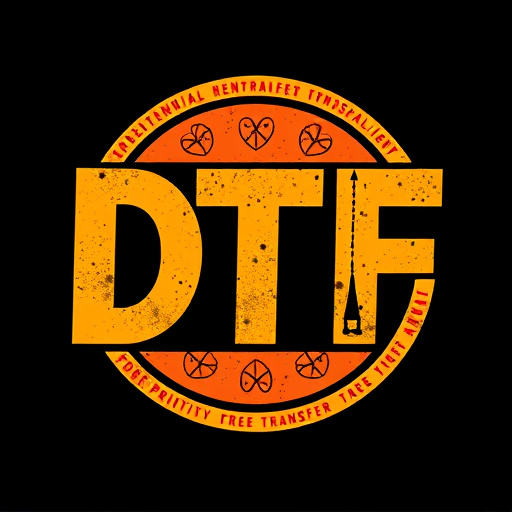
DTF Transfers, short for Direct to Fabric, is a printing technique that has gained significant traction in the textile industry. This method allows for high-quality, vibrant prints on various fabrics while offering the unique advantage of being removable while still warm. DTF Printing involves transferring ink directly onto the fabric surface using heat and pressure, resulting in sharp, long-lasting designs.
Understanding how DTF Transfers work begins with the process itself. The print design is first created digitally, then transferred onto a specially treated fabric through a heating process. This treatment enables the ink to bond with the fabric fibers, creating a durable print. One of the key benefits is the ability to remove these transfers easily, leaving no residue, as long as they are heated and peeled while still warm. This feature opens up a world of possibilities for designers and businesses, allowing for custom, on-demand printing without the usual challenges of long-term fabric treatment or permanent ink adhesion.
The Process of Creating and Applying DTF Prints

The process of creating and applying DTF (Direct to Fabric) prints involves several precise steps to ensure optimal transfer quality. It begins with designing the artwork or image using specialized software, allowing for intricate details and vibrant colors. This digital design is then prepared for printing by setting the correct dimensions, resolutions, and color profiles. Once ready, the DTF transfer is printed directly onto a special paper that acts as an intermediate layer.
After printing, the DTF transfer is carefully processed to activate the adhesive properties. This typically involves heating or treating the paper to ensure it securely adheres to the fabric when applied. The pre-cut design is then carefully peeled from the backing and precisely placed on the desired fabric, ensuring alignment for a flawless result. Heat is applied to fuse the transfer onto the fabric, creating a long-lasting, vibrant print that can be washed and worn without fading. DTF printing offers a versatile and efficient method for creating custom designs on various fabrics, making it a popular choice among artists and manufacturers alike.
Benefits of Using DTF Transfers for Temporary Decorations
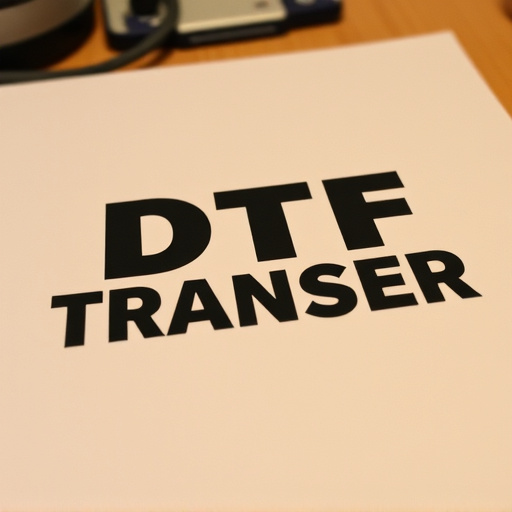
Using DTF (Direct to Film) transfers offers a range of benefits for temporary decorations, making them a popular choice among artists and designers. One of the key advantages is their ease of use; DTF transfers can be applied while still warm, allowing for quick and efficient installation. This feature is particularly useful for events or exhibitions where time is limited, ensuring decorations are up in no time without compromising quality.
Additionally, DTF prints provide a level of flexibility that traditional printing methods struggle to match. Their temporary nature means they can be easily removed without leaving any residue, making them ideal for special occasions or as a supplement to permanent artwork. This versatility allows designers to create unique and eye-catching displays, catering to various themes and settings.
Popular Applications: Where DTF Transfers Shine

The DTF (Direct to Fabric) transfer method has gained significant traction across various industries due to its versatility and efficiency. This technique allows for high-quality printing on a diverse range of fabrics, making it a favorite among professionals in apparel, home decor, and even event management. One of the key advantages of DTF transfers is their ability to be applied while the fabric is still warm, enabling a strong bond that ensures durability and vibrancy of prints.
Popular applications for DTF transfers include custom apparel, where designs can be swiftly added to t-shirts, hoodies, and other garments. In home decor, DTF printing enhances curtains, throw pillows, and blankets with personalized patterns or artwork. Event organizers also find DTF useful for creating customized merchandise, banners, and promotional items that capture the essence of their events. Moreover, the method’s ability to produce detailed, vibrant DTF prints makes it a go-to solution for small businesses looking to create unique, on-demand products.
Removing DTF Transfers: Techniques and Best Practices

Removing DTF Transfers while they’re still warm requires a delicate touch and specific techniques to ensure successful and clean results. The key is to act swiftly but carefully, as hot DTF prints can be sensitive to handling. One effective method involves using a flat, non-stick tool like a spatula or plastic card to gently peel the transfer from the substrate. It’s crucial to start at one corner and work slowly, applying minimal pressure to avoid damaging the design. This technique is especially useful for smaller, intricate DTF prints.
Best practices dictate that you allow the transfer to cool down slightly before attempting to remove it. This prevents sudden thermal shock that could deform or lift parts of the design. Additionally, ensuring proper surface preparation and using high-quality DTF printing materials can significantly ease the removal process. Always test on scrap material first to perfect your technique and understand the specific properties of the DTF prints you’re working with.
Advanced Tips for Achieving Flawless DTF Print Removal

Achieving flawless removal of DTF (Direct-To-Fabric) transfers while they’re still warm requires a few advanced tips. First, ensure your fabric is clean and free from any contaminants or oils that could interfere with adhesion. Pre-heating the fabric slightly can help strengthen the bond between the design and the material, making for easier removal later. Use a heat press set to the appropriate temperature for your fabric type; going too hot might damage the fabric, while not enough heat won’t activate the adhesive properly.
Timing is crucial. Allow the DTF print to cool down slightly after application but before it completely hardens. Typically, this means waiting about 10-15 minutes. This window allows for more controlled removal without risking damage to the design or fabric. Use a gentle peel method, starting from one corner and working your way out. A thin, flat tool like a spatula can help lift the edges if needed, while also minimizing the risk of pulling or tearing.

